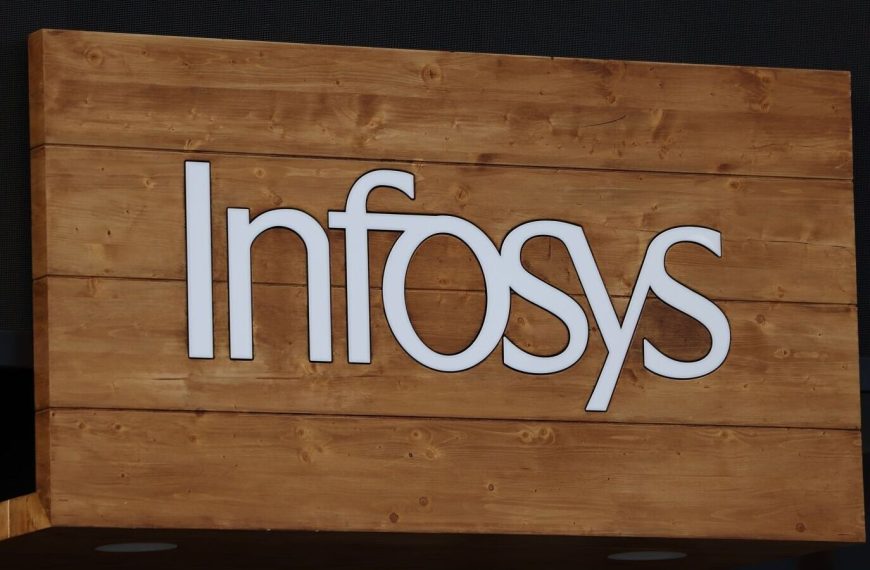Indian IT stocks are experiencing a significant downturn, raising concerns among investors and analysts alike. As trading commenced today, the Nifty IT index plummeted by over 3%, marking a continuation of a troubling trend. All ten companies within this index found themselves in negative territory, reflecting broader market challenges and investor apprehension.
This decline isn’t merely a short-lived dip but part of a larger pattern. Over the past seven trading days, the Nifty IT index has lost nearly 11%, equating to a drop of approximately 3,800 points. Looking back further, the sector has decreased by 14% in just one month, and an alarming 25% over the last three months. Once regarded as a reliable safe haven in turbulent times, the IT sector is now battling serious headwinds.
Key Contributors to the Decline in IT Stocks
Major Players Struggling
The Indian IT sector’s struggles are evident today, with every major company facing losses. Leading the charge downwards is Wipro, which has fallen by 4.5%. Other significant laggards include MphasiS, Persistent Systems, and Tech Mahindra, each recording losses exceeding 3%. Additionally, LTIMindtree, Infosys, Oracle Financial Services, and HCL Tech have seen declines around 2%, while TCS is down by 1.5%. The continuing drop in the Nifty IT index is attributed to mounting global uncertainties and pessimistic earnings forecasts.
Factors Behind the IT Stock Slide
Weak Global Tech Sentiment
Indian IT stocks are heavily influenced by the performance of global tech markets, particularly the NASDAQ in the United States. Today, NASDAQ futures traded down by 2%, signaling a potential slowdown in the tech sector. Given that a substantial portion of revenue for Indian IT companies is derived from the US market, such a downturn often triggers swift reactions from investors in India. A decline in NASDAQ usually indicates broader challenges for technology firms worldwide, including their Indian counterparts.
Economic Concerns in the U.S.
The U.S. remains the largest consumer of Indian IT services. Current economic policies and tariff changes have stirred fears of a slowdown and rising inflation in the U.S. market. Analysts from firms like Bernstein caution that these factors could lead to a “significant inflationary impact” on the U.S. economy, potentially diminishing demand for outsourced tech solutions.
Dismal Q4 Projections
On the home front, Indian IT firms are bracing for lackluster Q4 earnings. According to Elara Securities, many companies are struggling to find new avenues for margin expansion. With low employee turnover and high utilization rates, combined with pricing pressures on new contracts, the outlook appears grim. Projections indicate that Infosys may achieve only 1-3% revenue growth for FY26, mirroring performance from FY25.
Valuation Woes and Potential Further Declines
Brokerage firms such as Kotak Institutional Equities are increasingly worried that a potential U.S. recession could lead to an additional drop of 18-35% in Indian IT stocks. Even without the threat of tariffs impacting services exports, valuation pressures are mounting. Stocks like TCS, Infosys, HCL Tech, and Coforge face risks, though they are considered to have relatively lower downside potential.
Their analysis suggests that TCS might perform better than others, with an estimated 18% downside risk. Following TCS are Infosys, HCL Tech, and Coforge, which also show lower downside risks of 19-21%. However, the outlook for companies like Tech Mahindra, Coforge, LTIMindtree, and Infosys is further complicated by factors such as high exposure to discretionary spending and challenges within client relationships.
In summary, the current predicament of Indian IT stocks reflects a confluence of global influences and domestic challenges. Investors remain watchful as they navigate this turbulent landscape, hoping for signs of recovery in the near future.











